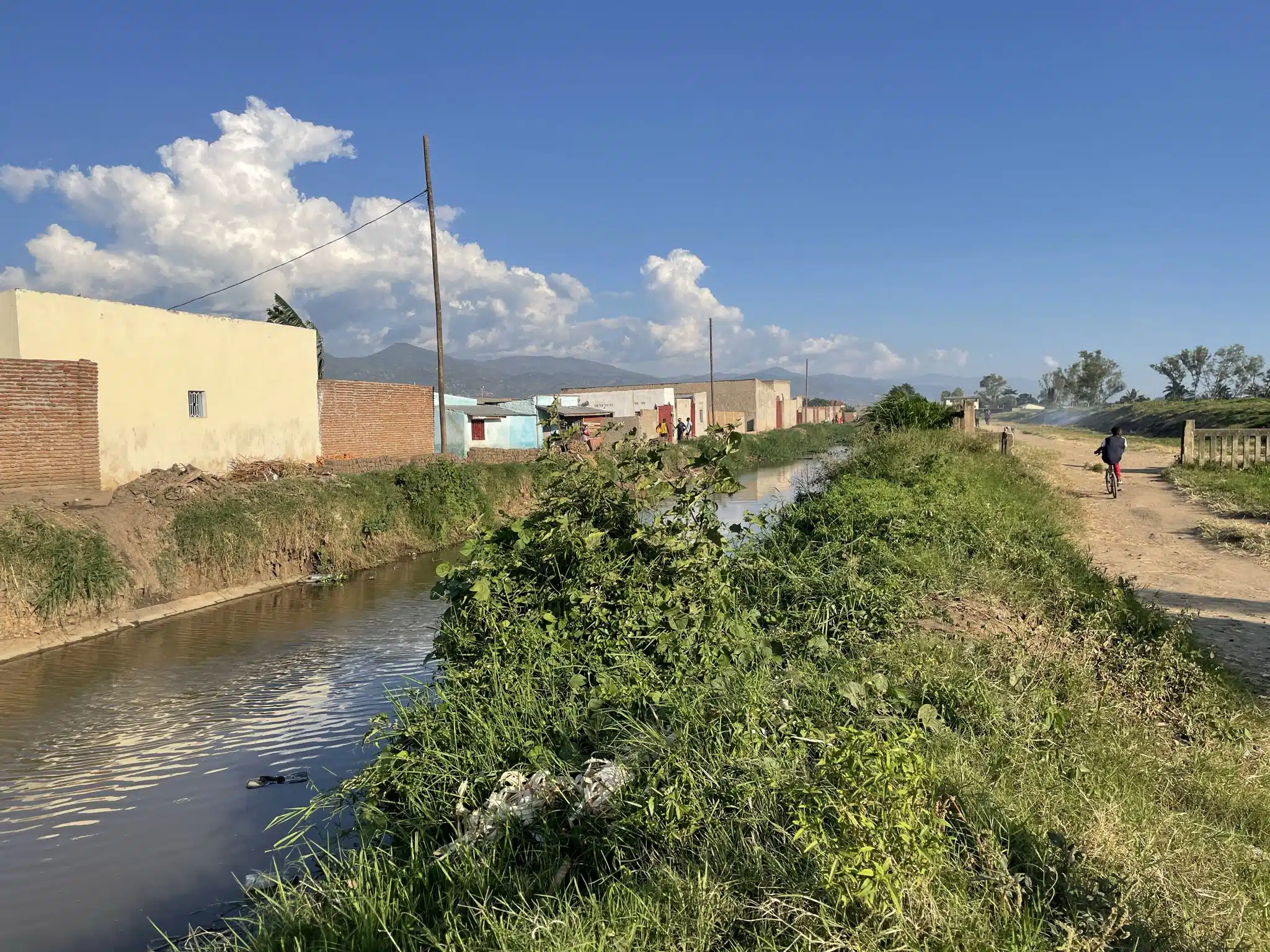Informing future investment in urban resilience
The investment strategy provided the World Bank and the Government of Burundi with a roadmap for future projects and funding allocations under the upcoming Urban Resilience programme. Progress against this programme is now being made and will directly benefit the residents of Burundi, leading to improved resilience and livelihoods.
The plan identified immediate opportunities to protect critical infrastructure and strengthen capacity within government institutions, alongside longer-term actions such as embankment upgrades and improved drainage. It also proposed non-structural measures, including better enforcement of zoning regulations, the creation of infiltration zones in city centres, and the expansion of protected floodplain areas.
In addition to the strategy itself, the project produced detailed flood hazard and risk models, along with high-resolution maps, to provide a strong technical foundation for ongoing resilience planning in Burundi.

